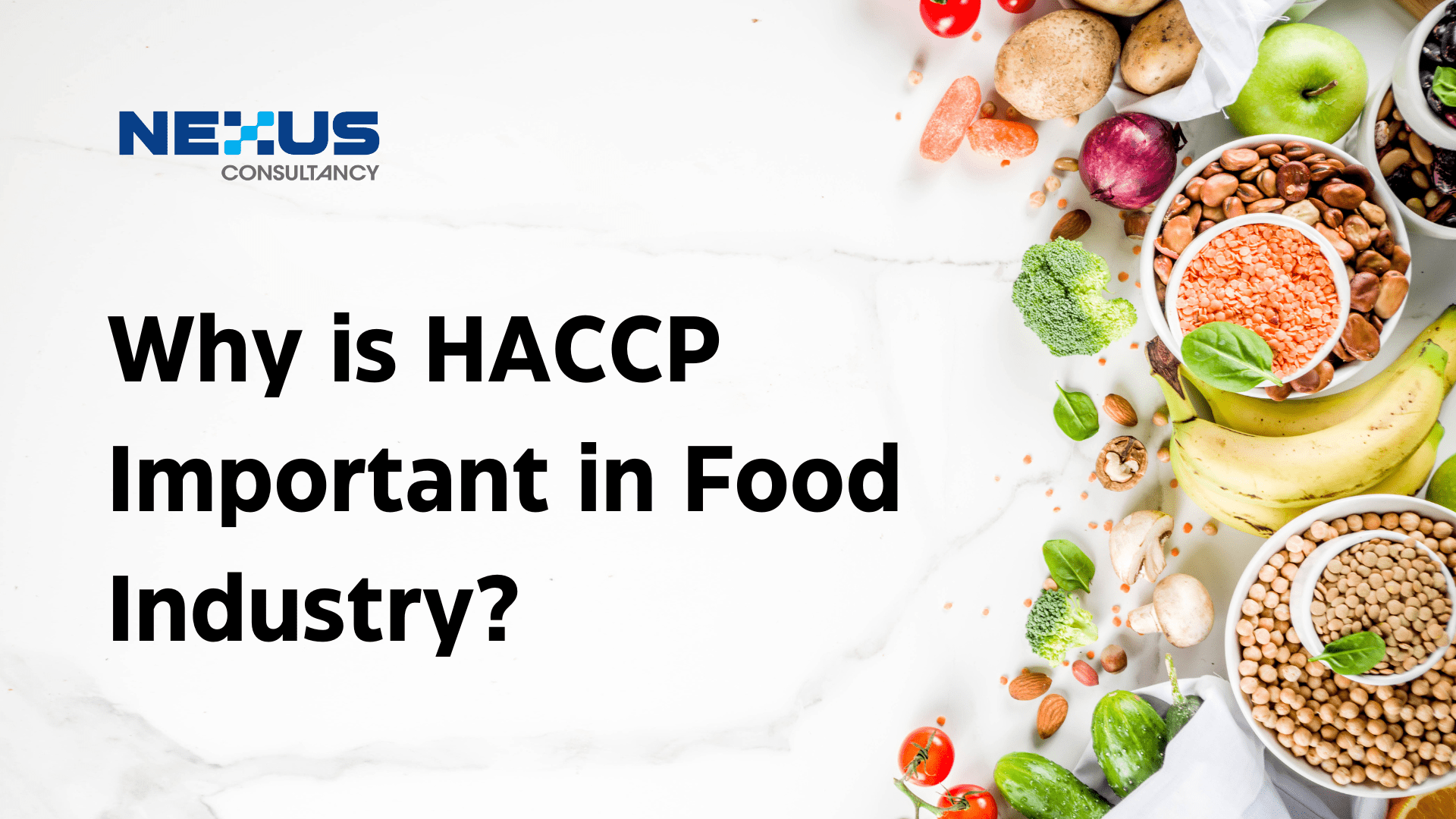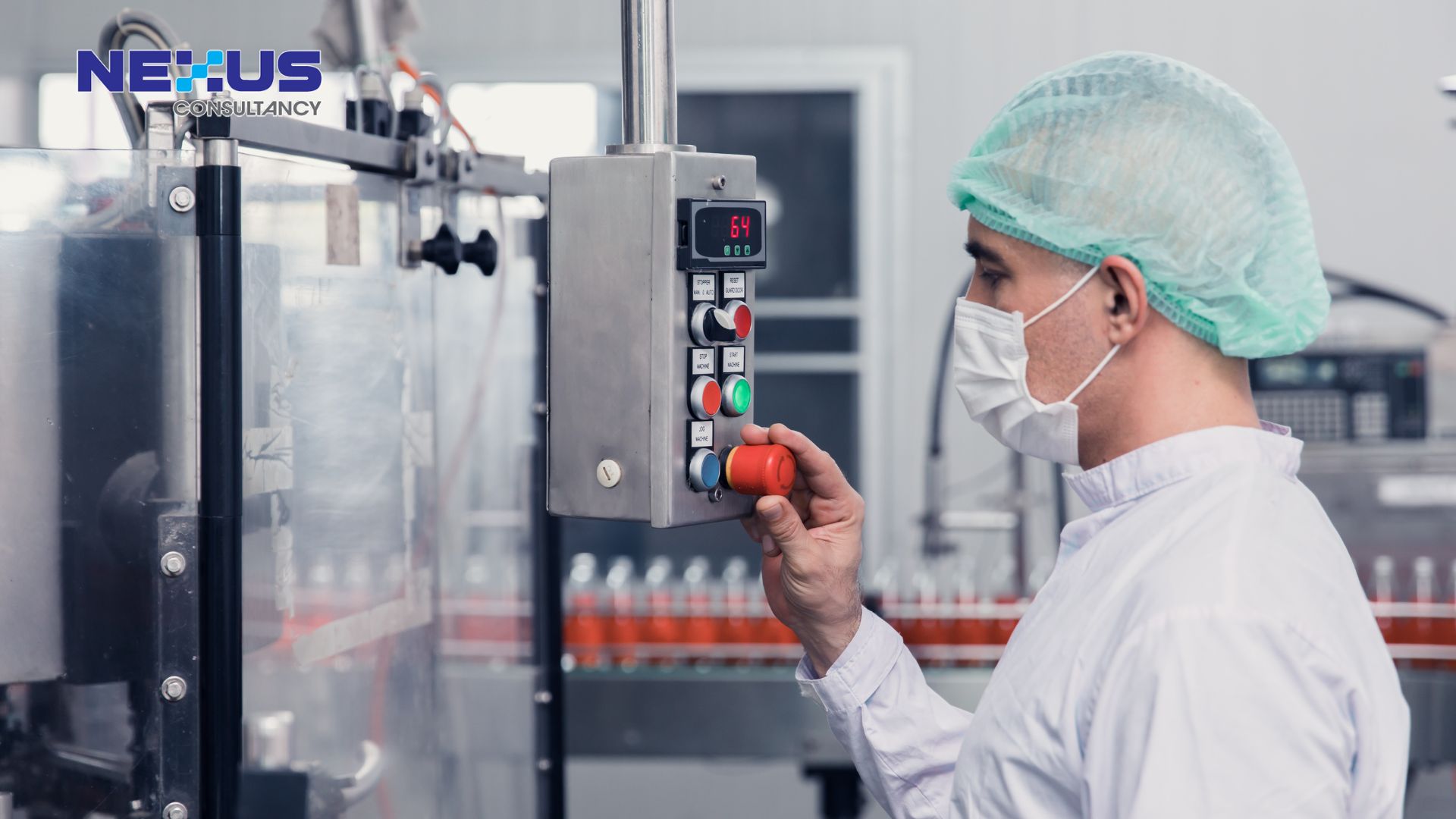
Cynthia Wong
Management Consultant
Proper implementation of HACCP can be an effective tool in preventing foodborne illnesses, protecting the health of consumers, and ensuring the safety and quality of food products.

The Hazard Analysis and Critical Control Points (HACCP) system is a food safety management system that is crucial in the food industry. It is a science-based approach that identifies, evaluates, and controls potential hazards in food production, processing, and preparation. The HACCP system helps to prevent food contamination, reduce the risk of foodborne illness, and ensure the safety and quality of food products.
HACCP was first introduced in the 1960s by the Pillsbury Company in collaboration with NASA, as a means of ensuring the safety of food for space missions. The system has since been adopted by the food industry worldwide, and is now a legal requirement for all food manufacturers in many countries.
The HACCP system is based on seven principles:
- Conduct a hazard analysis: Identify potential hazards associated with each step in the food production process, from raw material acquisition to product consumption.
- Determine the critical control points (CCPs): Identify the points in the production process where a hazard can be prevented, eliminated or reduced to a safe level.
- Establish critical limits: Establish limits for each CCP that must be met in order to ensure that the hazard is prevented, eliminated or reduced to a safe level.
- Establish monitoring procedures: Develop procedures to monitor the CCPs and to ensure that critical limits are being met.
- Establish corrective actions: Develop procedures to take corrective action if a CCP is not being met.
- Establish verification procedures: Develop procedures to verify that the HACCP system is working effectively.
- Establish record-keeping and documentation procedures: Develop procedures to maintain records of the HACCP system and to document its effectiveness.

One of the major benefits of HACCP is that it is a proactive approach to food safety. By identifying and controlling hazards before they become a problem, the risk of foodborne illnesses and product recalls is greatly reduced. This is especially important in the food industry, where food safety is paramount. HACCP is also a flexible system that can be adapted to meet the specific needs of different food production processes. It can be used in a wide range of food production settings, from large-scale industrial processes to small-scale artisanal operations. This means that HACCP can be used by food producers of all sizes to improve the safety of their products.
Another key benefit of HACCP is that it is a transparent system. It allows food producers to communicate their food safety practices to customers, regulators, and other stakeholders. This transparency can help to build trust and confidence in the food industry, which is essential for the success of any food business.
In addition, HACCP is a cost-effective approach to food safety. By identifying and controlling hazards before they become a problem, the cost of product recalls and other food safety incidents can be greatly reduced. This can save food producers money in the long run and help to improve their bottom line.

Overall, HACCP is a critical tool for ensuring the safety of the food supply. It is widely used in the food industry to prevent foodborne illnesses and reduce the risk of product recalls. HACCP is a flexible, transparent, and cost-effective approach to food safety that can be adapted to meet the needs of different food production processes. By implementing HACCP, food producers can help to build trust and confidence in their products and ensure the safety of their customers.
Contact us now to learn more about HACCP!






